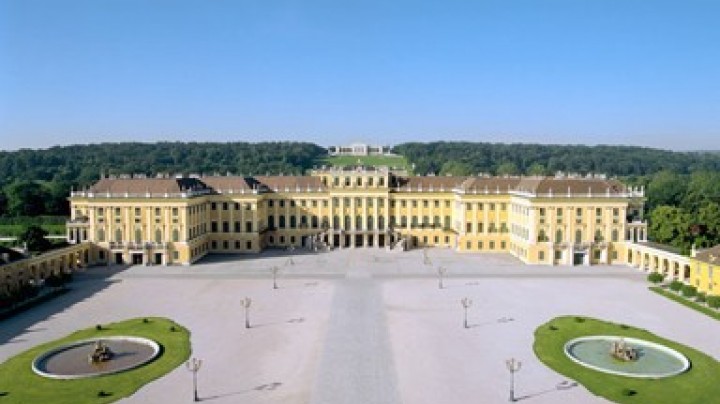The Imperial Furniture Collection – one of the most unique furniture museums in the world
Founded by Empress Maria Theresa for the storage of Habsburg furnishings, the Imperial Furniture Collection has grown to become the largest furniture collection in the world. As well as offering unique views of Imperial home living, the collection also presents an overview of the development of Austrian furniture design in the twentieth century.
Originally the imperial-royal depository of moveables, its function as such has been retained. Though still in charge of the preservation and upkeep of furnishings from the Imperial era, it also furnishes state receptions and the offices of top politicians. Traditional handicraft techniques are still used in the restoration workshops. In 1924, the first show collection was opened, hence establishing a unique blend of store facility, workshop, administration and museum.
As part of the general refurbishment in 1993, two neighbouring buildings of the old storage building were purchased, increasing the exhibition area to 6,000 m2. The architect Alessandro Alverà remodelled the buildings and connected them up. Event facilities were added besides the exhibition rooms The lecture hall on the ground floor also holds a particular highlight of the collection: the Egyptian Cabinet, last record of the grandiose Empire Apartment commissioned for the Hofburg by Empress Ludovica in the early nineteenth century.
At the re-opening in 1998 the management of the museum was entrusted to the Schloss Schönbrunn Kultur- und Betriebsges.m.b.H.. Since its enlargement and remodelling in the 1990s, the former “lumber room of the monarchy” has become one of the most attractive furniture museums in the world.
The core collection is made up of the former original furnishings of the Habsburgs from Schönbrunn Palace, the Hofburg, Belvedere, Laxenburg and Schloss Hof. Furniture, room decorations and apartments are arranged in relation to the individual members of the Imperial House for whom they were made. The collection amounts to a round total of 160, 000 items, of which 6,000 or so are exhibited in the museum.
The museum owes its holdings of the largest Biedermeier collection in the world to the first Austrian Emperor Franz II/I, who provided the basis. From the former show collection, 15 booths devoted to Biedermeier home design have been adopted into the new concept as “museum in the museum”. Furthermore, visitors can have a look “backstage” through a walk-in depot, with historic furniture display platforms from the time around 1930.
The agenda of the Imperial Furniture Collection is not exclusively devoted to the presentation of Imperial furniture, however. A major role in the work of the curators is played by the research into the art of Austrian furniture, ranging over the Biedermeier and historical revival eras, Viennese Modernism and contemporary design, and also by the collection of appropriate pieces.
To respond to the interest of international visitors in Empress Elisabeth and the world-famous Sissi films by Ernst Marischka from the 1950s, in 2006 the exhibition “Sissi in the Movies” was integrated into the museum. The exhibition showcases film footage in several languages and original props, which the Imperial Furniture Collection placed at the disposal of the film production. A so-called Sis(s)i Path – Sisi, the Empress, and Sissi the actress – takes you through the museum and gives you a wealth of information on the players, the director, the locations and of course the historic personage featured in the film, Empress Elisabeth.
Supplementing the regular museum operations, the museum presents numerous special exhibitions on architects and designers.
Opening hours
Tuesday to Sunday 10 am – 6 pm















